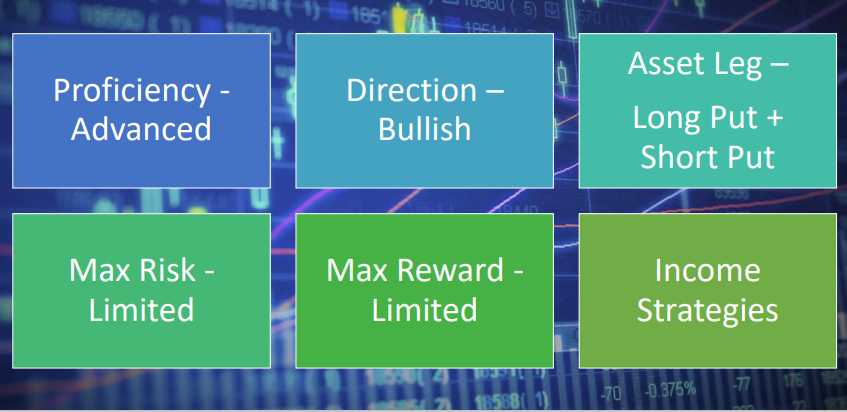
Menu



Outlook
Rationale
Net Position
Effect of Time Decay
Time Period to Trade
Breakeven Down = Depends on the value of the long Put option at the time of the short call expiration
Breakeven Up = Depends on the value of the long Put option at the time of the short call expiration
Steps In
Steps Out
Exiting the Position
Mitigating a Loss
Advantages
Disadvantages
Share this Content
© 2021 All rights reserved
Ask Your Query